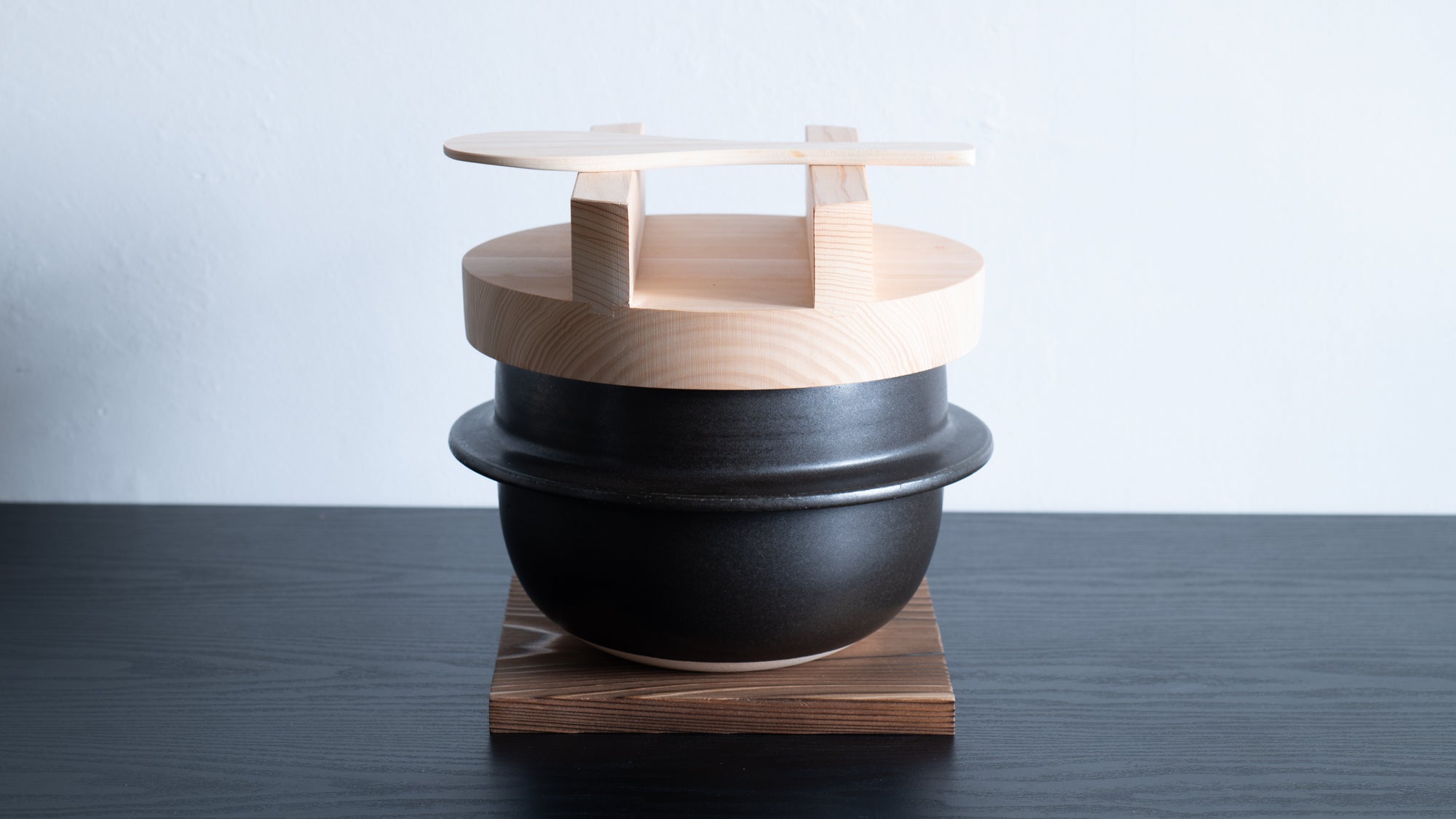
Enjoy Cooking Rice in a Hagama Banko Donabe Rice Cooker!
Written by Team MUSUBI
Banko Ware has the top market share in Japan for earthenware pots which are known to be the best pots for cooking Japanese rice. In particular, the clay pot called Hagama, which is made for cooking rice, is a top quality product that is made with detailed attention from the Banko Ware ceramic artists.
The taste of rice cooked in a rice cooker is completely different from rice cooked in a Hagama pot . It is said that once people eat rice cooked in a Hagama pot, they cannot go back to using a rice cooker.
In this issue, we will introduce the charm of the Hagama Banko Donabe Rice Cooker and how to properly cook rice with it.
table of contents
Charms and Characteristics of the Hagama Banko Donabe Rice Cooker
The combination of the dedication of ceramic artists and the use of high quality materials has made this rice cooker an excellent piece of cookware for cooking rice.
Banko Ware, number one in the clay pot market in Japan

Banko Ware pots have earned such a high reputation that they account for 80% of the market share of earthenware pots in Japan.
In particular, the Hagama Banko Donabe Rice Cooker, specially designed for rice, is known for its excellent features such as heat conduction and far-infrared ray effects that maximize the flavor of rice.
Banko Ware pots have been developed for use with electric stoves as well, and they continue to support modern age Japanese home cooking.
The "Wing" rim of Hagama

As this pot is a stoneware item, the weight of the rice in water is a bit heavy. Therefore, this rice cooker's distinctive rim, called "wings" are designed to allow easily handling of the pot despite its fairly heavy weight.
Especially, the wings on the Hagama Banko Donabe Rice Cooker are designed at a perfect angle, making it more comfortable to hold.
Secrets of Thermal Conduction

First of all, the clay used in Banko Ware has excellent heat resistance, thermal storage, and heat retention properties. Even when cooking over high heat, the ingredients inside the pot can be cooked slowly.
Moreover, the rice can be cooked over far-infrared rays, the same type of heat that is produced when grilling with charcoal, which makes the rice fluffy and shiny.
In addition, the shape of this rice cooker is round at the bottom. So the heat is evenly distributed throughout the rice cooker as the heat wraps around the bottom of the pot evenly.
Sawara Cypress Wooden Lid and Hinoki Cypress Rice Scoop

This pot comes with a wooden lid and a rice scoop, each made of the highest quality wood from Nagiso, Nagano Prefecture, Japan.
The wooden lid is made of Sawara cypress, a type of cypress that is resistant to moisture due to its high content of sterilizing resin, making it the best material for the lid of a rice cooker.
The rice scoop is made of aromatic Hinoki cypress, and is plane-finished by Japanese wood craftsmen to prevent rice grains from sticking to it.
How to Cook Rice with the Hagama Banko Donabe Rice Cooker
Here we will show you in detail how to cook basic white rice.
*The cooking time may differ because the ovens used in the recipes presented here and your home ovens may have different power levels.
Until you get used to using this rice cooker, please use a kitchen timer to measure the time for each cooking process to find the time when the rice is cooked to your desired firmness.
Basics of Cooking Rice in the Hagama Banko Donabe Rice Cooker

1. Prepare one cup (150 g/5.3 oz) of rice with 220 cc (7.4 oz) of water. One cup of rice in Japan is measured as one “gou", and a three gou size rice cooker can cook up to three cups of rice.
2. Fill the Hagama Banko Donabe Rice Cooker with the appropriate amount of water with well-rinsed rice and soak it for 30 minutes.
The inside of the three gou (cups) rice cooker has a line that indicates the approximate amount of water for the amount of rice to be cooked.
1 gou: fill water up to the bottom line
2 gou: fill water up to the middle line
3 gou: fill water up to the top line

3. The Hagama Banko Donabe Rice Cooker has one air hole on the side of the pot and two on the ceramic inner lid. When placing the inner lid, place it at an angle so that the hole on the side of the pot and two holes in the inner lid form a triangle, not a straight line, as shown in the picture above, and place the wooden lid on top of it.
If the holes are aligned, hot water may suddenly spill out during cooking.

4. Cook over high heat. To avoid the rice from boiling over, turn the heat to low when you hear the inner lid clattering. And then cook for the time listed below.
1 gou: 4 minutes
2 gou: 6 minutes
3 gou: 8 minutes
*Caution: Do not over cook the rice on high heat to avoid the hot water from spilling out from the pot. Once you hear the clattering sound of the inner lid, turn down to heat to low.
The time it takes for the inner lid to start clattering varies depending on the stove you are using, so we recommend that you measure the time it takes the first time you use this pot.


5. Turn off the heat and let it rest for 15 minutes to steam in the residual heat. Do not open the inner lid or the wooden lid during this time.
6. After opening the lid, use the Hinoki cypress rice scoop to carefully scoop the rice from the bottom of the pot so as not to mash the rice grains, and mix the rice to break up any chunks. This is the secret to serving fluffy, hot rice in a rice bowl. Remember to wet the rice scoop in water before using it to mix the rice.
Enjoy the rich aroma and flavor of rice cooked in the Hagama Banko Donabe Rice Cooker.
How to Care for the Hagama Banko Donabe Rice Cooker
For safe use
・Be careful to avoid burns while cooking with Hagama pots. These pots become very hot during cooking, so use mittens when touching the pot or lid to avoid burns, and use a trivet to avoid damage when placing the pot on a table or other surfaces.
Never touch a hot Hagama pot with bare hands during or immediately after cooking.
・“Okoge", the browned rice on the bottom of the Hagama pot, is one of the tastiest parts of the cooked rice in a Hagama pot. Be careful not to set the heat too high, the rice may burn. Be careful to adjust the heat.
After cooking
After using the Hagama pot, be sure to wait for it to cool before washing it with a soft sponge. Avoid soaking it in water for long periods of time, even if it has food stuck to the pot, as this can cause mold.
Leaving detergent on the pot can also cause it to smell. If you are concerned about stickiness or odors, boil hot water with baking soda in the Hagama pot.
After cleaning the Hagama pot, dry it well and store it in a well ventilated place without the lid. Be careful about drying when storing the pots, as any moisture left in the pot's base can cause mold.
How to care for the wooden lid and rice scoop
After cleaning wooden items, dry well before storing. Although the Sawara and Hinoki cypress are woods that contain antimicrobial resin, it may cause mold if you so not dry them well.
Also, be sure to dry them in the shade to prevent overdrying.
You may feel a bit of stickiness even if you take proper care of them, that is the natural resin of Sawara and Hinoki cypress. It does not have any harmful effects to the body. If you are concerned with the stickiness, you can remove it with sand paper or alcohol water.
To see more about caring the earthn ware products, please visit our blog here.
The experience of tasting truly delicious Japanese rice
Hagama pots were common in households before the introduction of electric rice cookers, but today, the amazing taste of rice cooked in earthenware pots is gaining renewed attention, increasing the number of households that are starting to use them.
If you are in pursuit of the true taste of Japanese rice, try cooking rice in this Hagama Banko Donabe Rice Cooker. It will surely change the way you think about rice.



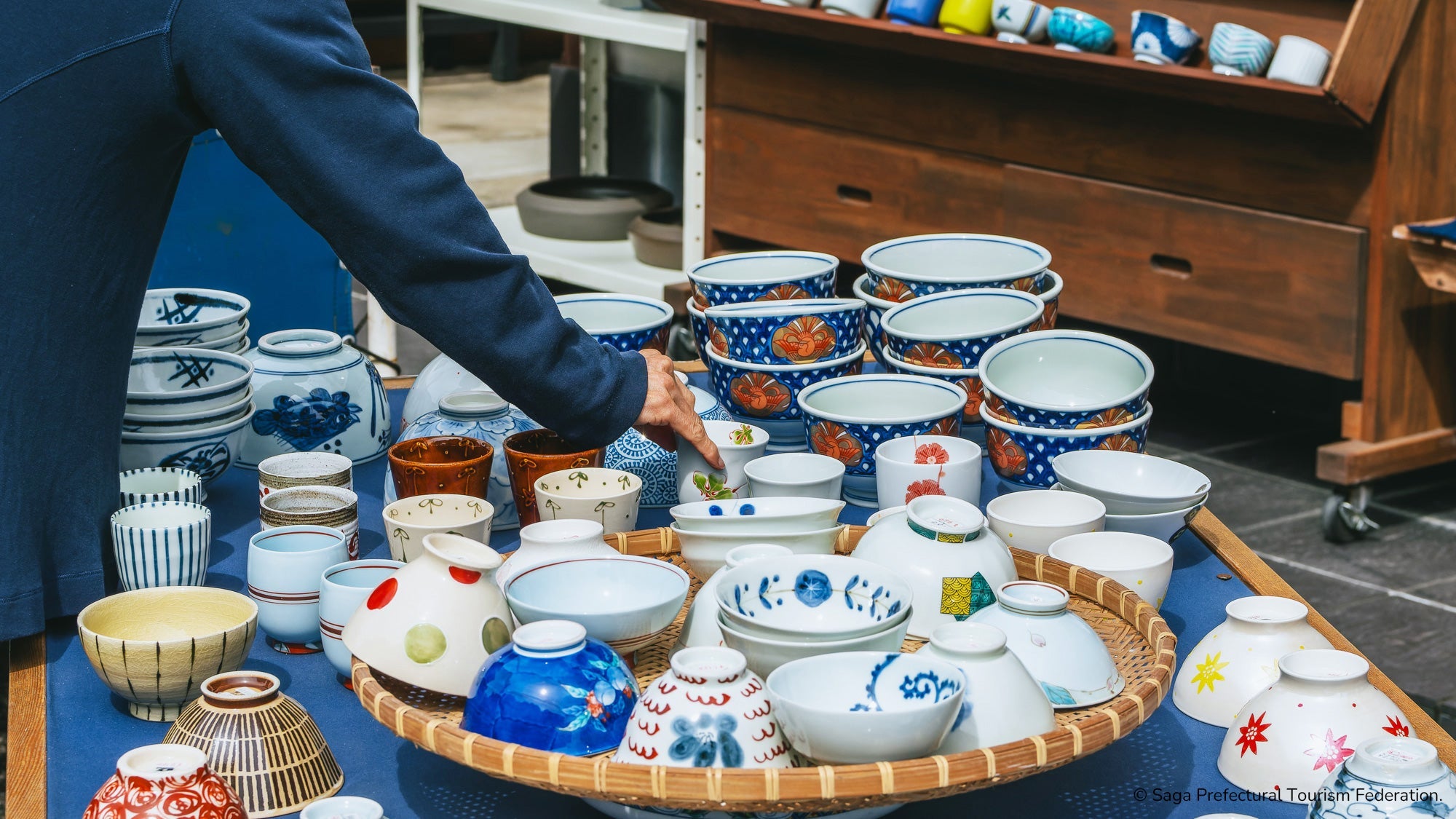
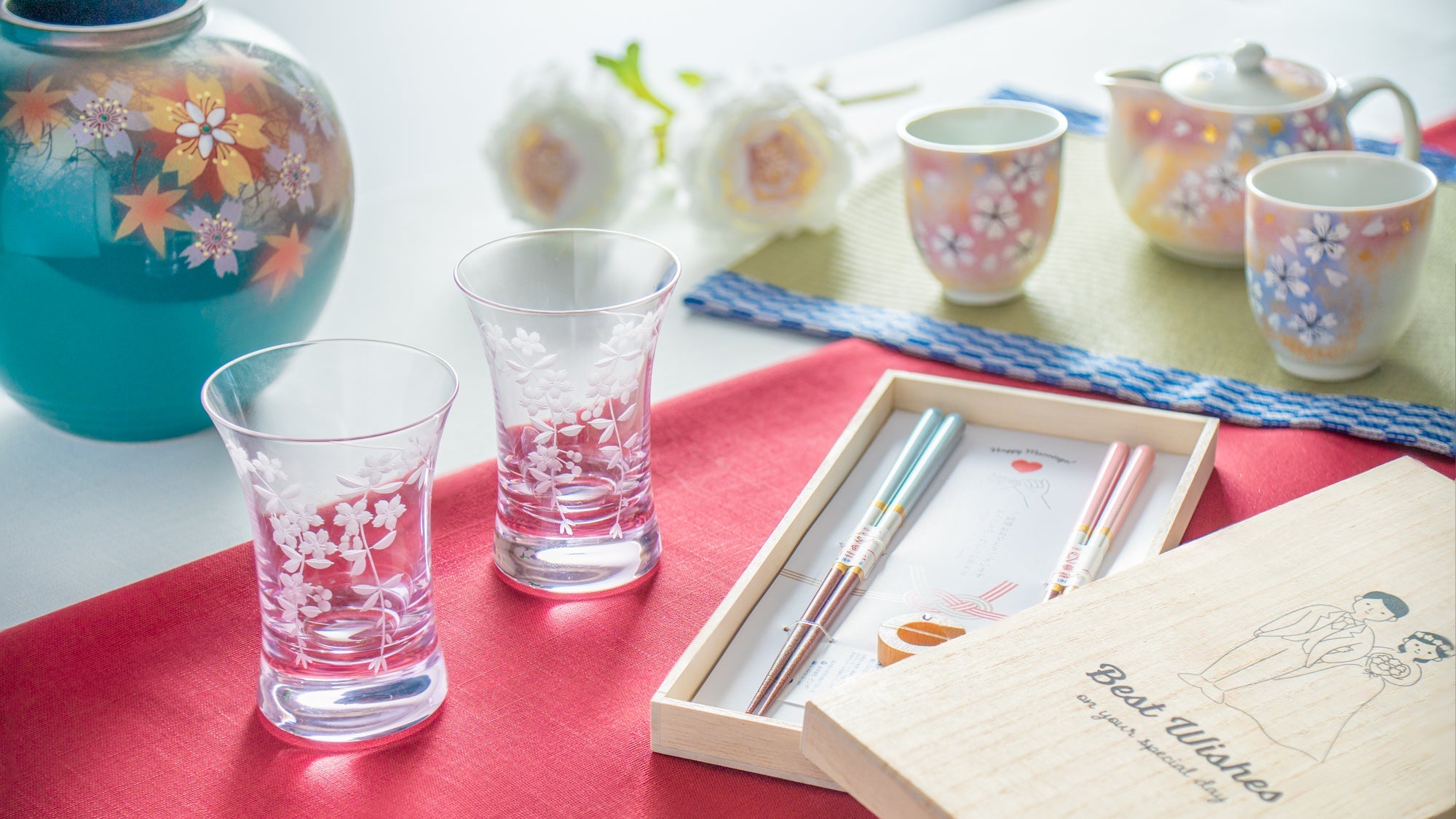
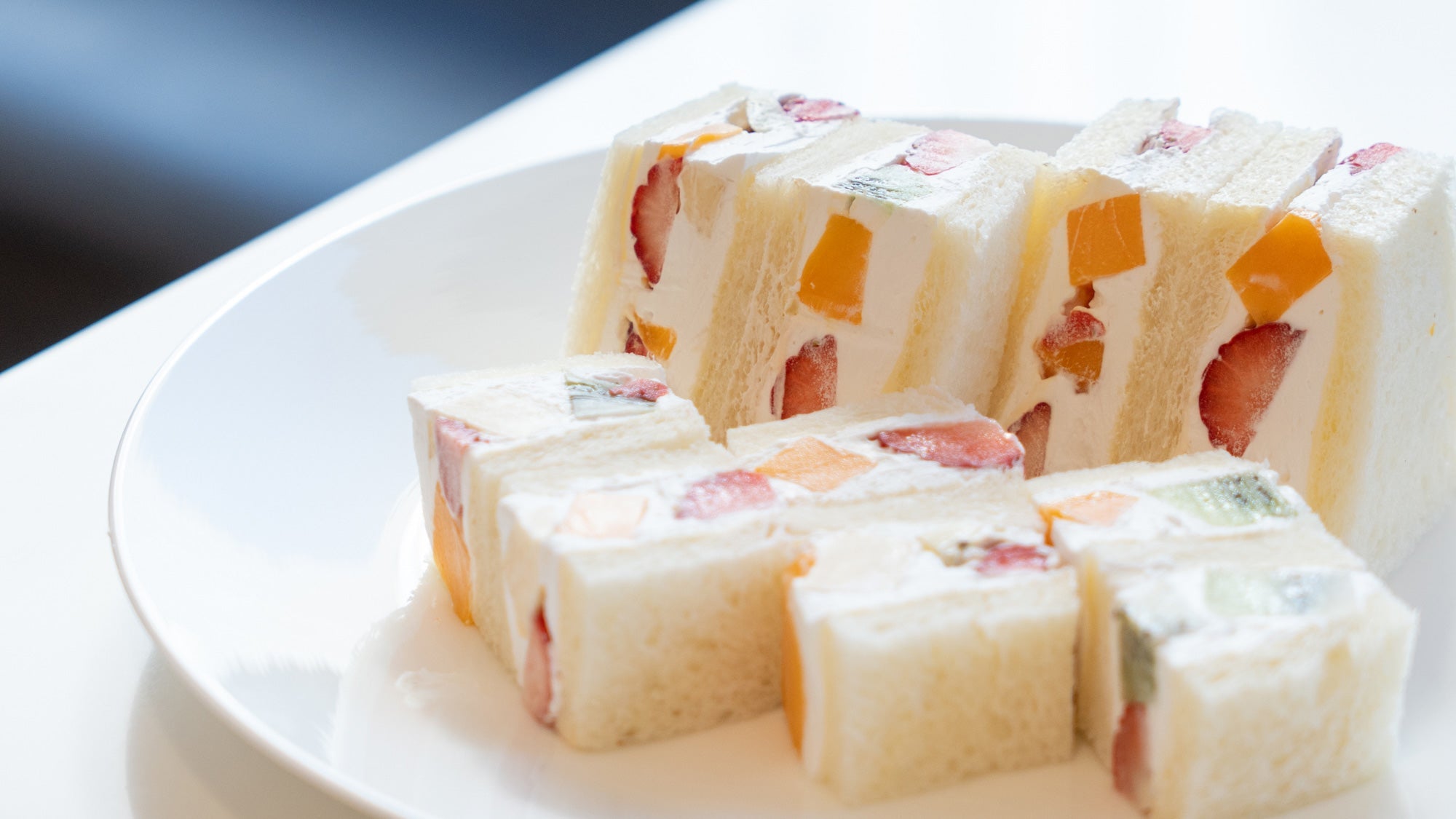

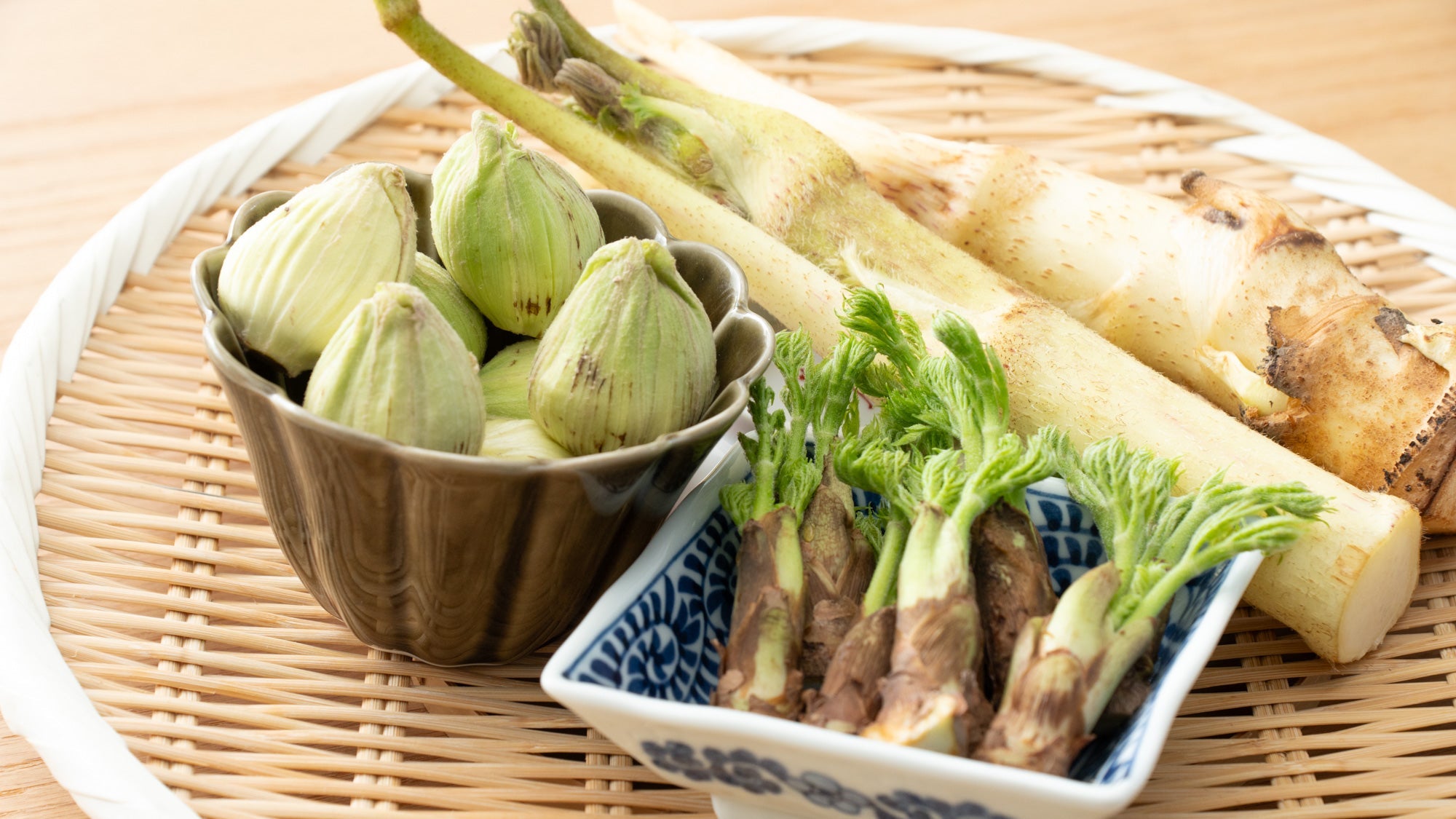

Leave a comment
This site is protected by hCaptcha and the hCaptcha Privacy Policy and Terms of Service apply.